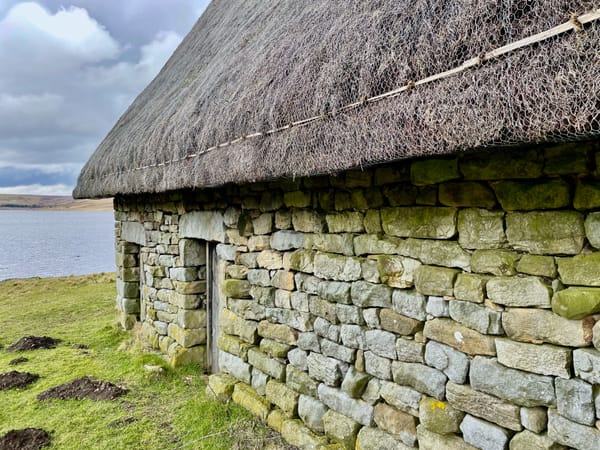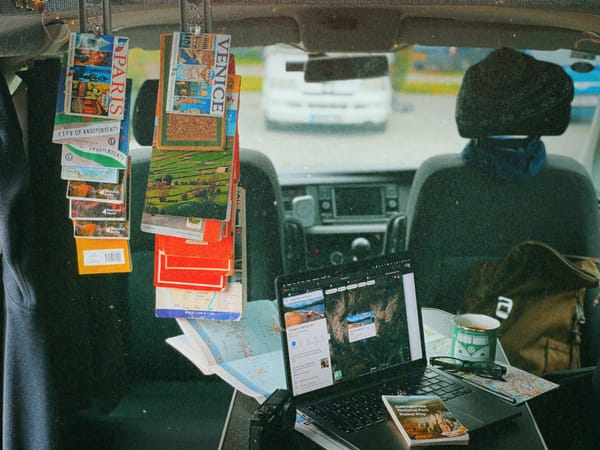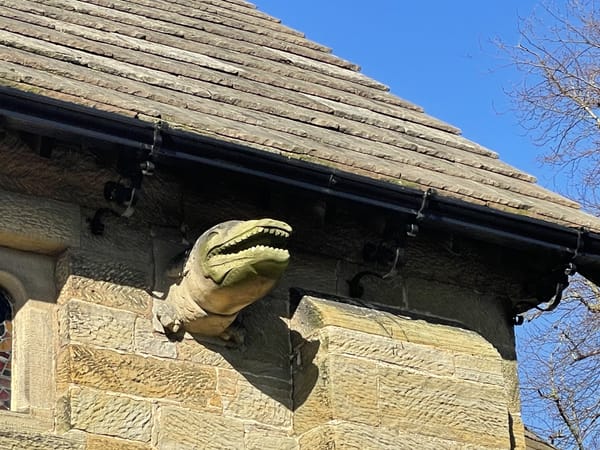I see the pattern of the universe everywhere: in the marbling of a countertop, in the bobbing flower heads of a summer meadow, in the dust kicked up by the flick of a fish tail.

Apparently, the patterns that appeal to us most are those that have natural forms. We also connect with patterns and textures that contain scalable components that are nested. If we zoom in from an estuary tributary we might see a correspondence of the tributary pattern in a piece of seaweed or even on the microbes on the seaweed.

As well as the numerous representations of nature in the decoration of our buildings, we also have an inherent indigenous impulse to build places that mirror nature. It’s a human phenotype that’s reflected in our vernacular buildings and the places that have grown organically through time. When we build organically, we can't help but echo natural forms.

The other day, on a Pembrokeshire coast, I saw the full gamut of our vernacular architecture in the rock formations on the shore. I saw the west front of Durham Cathedral, the rooftops of Hexham and the Bridgnorth vernacular cockled to its rising scarp.



















Andy Marshall is an architectural photographer based in the UK. I also have a regular blog here.








Member discussion